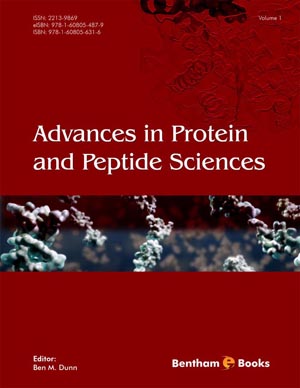Abstract
In recent years, a strong emphasis has been given in deciphering the function of genes unraveled by the completion of several genome sequencing projects. In plants, functional genomics has been massively used in order to search for gene products of agronomic relevance. As far as root-pathogen interactions are concerned, several genes are recognized to provide tolerance/resistance against potential invaders. Root proteins have also been increasingly identified, especially by using recent gel-free proteomic techniques. However, root proteomic analysis is still a challenge, since the major drawbacks, such as low proteins/volume content and high concentration of interfering substances (pigments and phenolic compounds, among others) have not been overcome. This scenario is further hindered by the overall low intrinsic amounts of root tissues in many of the important target plants. The proteome analysis of plant-pathogen interactions provides important information about the global proteins expressed in roots in response to biotic stresses. Several pathogenic proteins superimpose the plant proteome and can be identified and used as targets for the control of viruses, bacteria, fungi and nematode pathogens. The present review focuses on advances in different proteomic strategies dedicated to the challenging analysis of plant defense proteins expressed during bacteria-, fungi- and nematode-root interactions. Recent developments, limitations of the current techniques, and technological perspectives for root proteomics aiming at the identification of resistance-related proteins are discussed.
Keywords: Root, proteomics, fungi, bacteria, nematode, bidimensional electrophoresis, mass spectrometry, protein identification, protein extraction, plant-microorganism interaction, defense, gel-free, liquid chromatography.






















